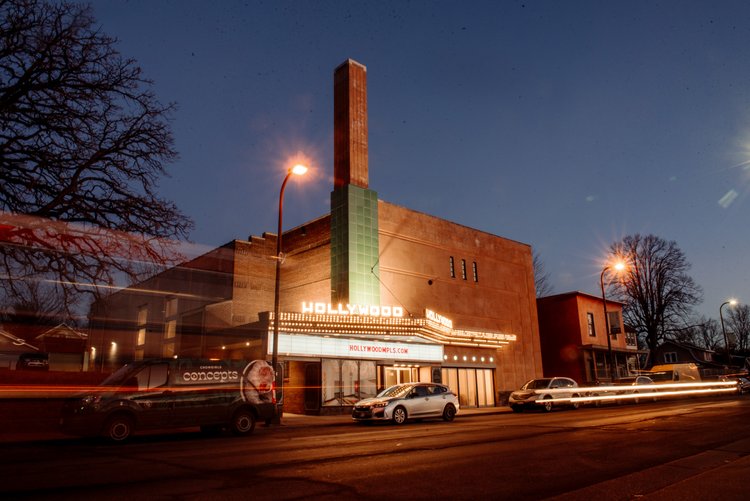Ethiopia is a landlocked nation in northeastern Africa. Unlike the rest of the continent, Ethiopia avoided colonialization, though the brief Italian occupation (from 1936-41) is still evident by the pastas and pastries served in most restaurants. Apparently, Ethiopians didn’t want to be ruled by Italians, but they recognized good food when they tasted it. The Italians were kicked out, but their cuisine remained.
Ethiopia, of course, is also a coffee drinking nation. Macchiato, which translates to espresso marked with milk, is the coffee of choice here. Drinking multiple macchiatos throughout the day is temporarily warding off jetlag for me.
Pasta may be prevalent, but while in Ethiopia I intend to eat as much local food as possible – which means eating injera at every meal. Injera is the staple bread of Ethiopia. Made of Teff cereal, injera is pulled apart and used to scoop up whatever other food you are eating. Fillet tibs, diced beef sautéed in onions and tomatoes, is a popular dish. Shiro, chickpea gravy with onions and Ethiopian spiced butter, is delicious and easily sopped up with injera.
A popular bar and restaurant, the Old Milk House, is a short walk from the Hilton Hotel where we are staying. An order of shiro, along with beyeainetu – a fasting platter of various Ethiopian foods, was really enough food for three or four people. Bedele and St. George’s, two local beers, were the perfect complement to the meals. At the end of the evening, two main courses and four beers came to 82 Birr – less than $8.50. As tasty as the food is at the Old Milk House, the highlight had to be a visit to the restroom where an attendant not only presents guests with a napkin to dry your hands, but she sells packs of banana flavored chewing gum for three Birr. Who needs dessert when you can buy banana gum in the restrooms!








